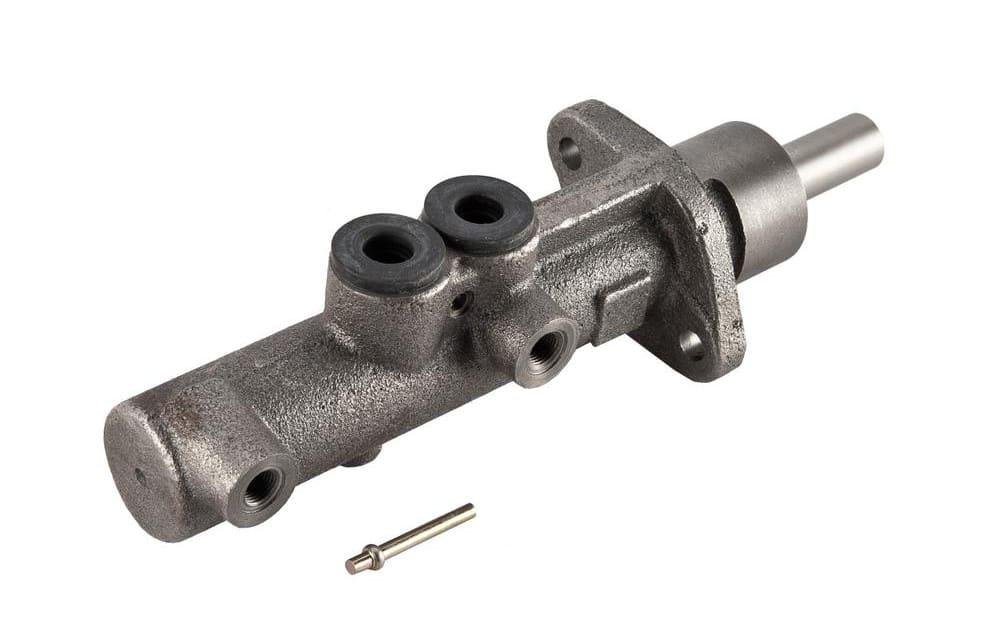Brake Master Cylinders

Function of Brake Master Cylinders
The brake master cylinder is a central component of your vehicle's hydraulic braking system. When you press the brake pedal, you operate a piston inside the master cylinder. This piston compresses the brake fluid, increasing its pressure.
This hydraulic pressure is then transmitted via the brake lines to the calipers (for disc brakes) or wheel cylinders (for drum brakes). This pressure actuates the pads against the discs or the shoes against the drums, creating the friction necessary to stop the vehicle. The master cylinder is therefore essential for converting the force of your foot into hydraulic force capable of stopping a car.
Maintenance and Failure Signs of a Master Cylinder
The master cylinder is a robust part, but it can wear out or develop leaks over time.
Maintenance Tips:
- Regularly check the brake fluid level in the master cylinder reservoir. An abnormal drop may indicate a leak.
- Replace the brake fluid according to the manufacturer's recommendations (usually every 2 years), as it absorbs moisture and loses its effectiveness.
- During brake system inspections, ask your mechanic to check the condition of the master cylinder and for any external leaks.
Common Failure Signs:
- Soft or spongy brake pedal: If the pedal sinks too easily or to the floor, it may indicate an internal leak in the master cylinder or air in the system.
- Brake pedal slowly sinks: When you maintain constant pressure on the pedal while stationary, if it gradually sinks, the master cylinder may be faulty.
- Brake fluid leaks: Visible around the master cylinder or along the brake lines.
- Brake warning light illuminated: May indicate low brake fluid, often linked to a leak.
- Reduced braking performance: If the vehicle takes longer to stop or if braking is uneven.
A faulty master cylinder seriously compromises your vehicle's safety. It should be replaced at the first sign of trouble with a quality part. Konipa offers reliable brake master cylinders to restore the efficiency of your braking system.
